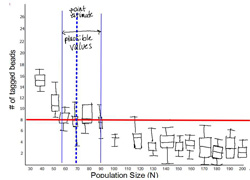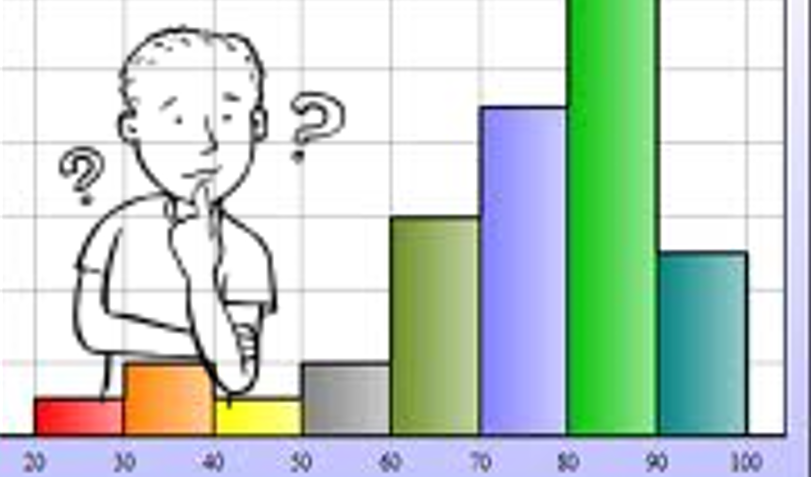Submitted by: Christina Gavin
School: Hermitage High School
Summary
The purpose of this lesson is to provide students with a reliable method of performing a population sampling. Students learn the value of taking population samples and generating data that can be used to make assumptions about the larger population. We use plastic frogs and beads (some of which have been colored) to draw samples from the population and to estimate the population size. Using their laptops, students create an original boxplot on a flipchart in ActivInspire (Promethean’s education software for creating flipcharts, etc.) to graphically display the numerical data of the population differences. They will also draw their boxplot on the Promethean Board in the classroom for all students to observe and discuss.
TIPC Ratings
Target: Students engage in advanced online research to gather and synthesize information on the population sampling process and techniques. Students assemble their research findings in an organized manner so that they can readily respond to the essential questions for this lesson. They also use their research on population samplings to justify their predictions about population sizes as they complete the experiment for this lesson. Further, they use their research to understand, draw, and interpret the results of their experiment in a boxplot as well as share and discuss this information with the class.
Approaching: Students establish norms for class participation in the online discussion forum. For example, responses to questions must create a visual for the class so that students can see the concepts described: e.g., display of variability, confidence interval, etc. Further, students respond to the discussion forum comments of each student in the class. Their responses include purposeful questions and feedback as previously described. Students also establish norms for classroom discussion of population sampling predictions. For example, as students share the predictions they have formulated, other students are encouraged to agree or disagree and explain why in this supportive environment.
Target: Students reflect on their research findings and their roles as population sampling researchers to clarify the concept of variability in their minds as they draw conclusions and make predictions for what they think would happen in view of different cases. They question proven population sampling techniques and justify their own during the creation of their interval population sizes. Given choices for the display of boxplots, students select ActivInspire flipcharts, which prove to be best suited for this population sampling experiment.
Approaching: Although the intervals that students create are governed by the laws of statistics and variability, students have the challenge of creating their own confidence intervals for population sizes. Students must understand statistics and variability in order to create confidence intervals, and they are aware of the risks involved in generating estimates that have been manipulated. Thus, the creation of the confidence interval is a synthesis of their research, communication and collaboration, analysis of population sampling trends and predictions, and their critical thinking and problem solving strategies.






